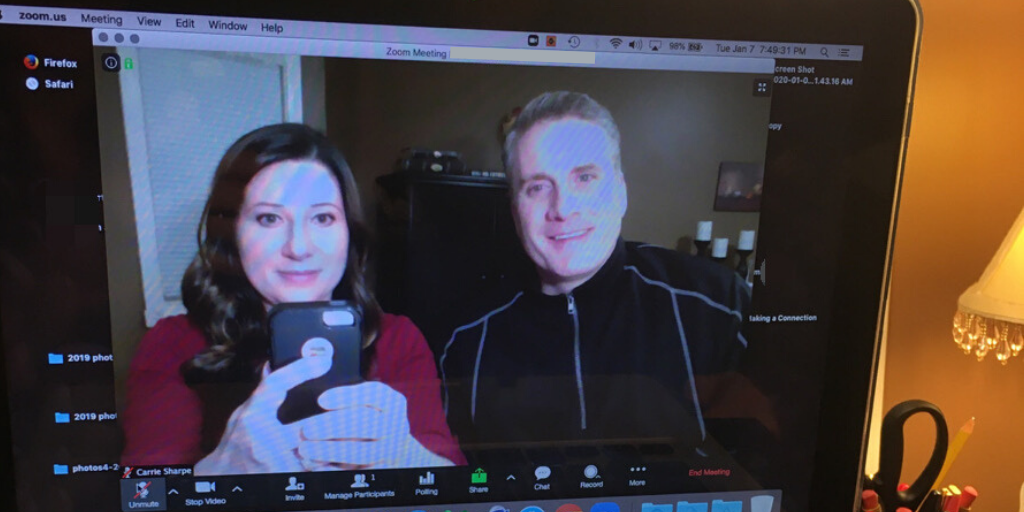
Your Speech Needs a Point
When I work with a public speaking client, the first thing we talk about is their intended audience. We need to know who exactly they're talking to before we plan what to say.
The next thing we do is get to the point. This means we determine what their takeaway is. Yes, we know their topic, but a takeaway goes further. A takeaway answers this question:
Five years from now, what is the one thing you want this audience to remember from your speech?
The answer to that question is the point of the speech. It's the takeaway. It's the one thing we build their presentation around.
Most speeches are 40-60 minutes. As a speaker, you can only share a certain amount of information in that timeframe effectively. You cannot tell the audience every single thing you know about your topic. You wouldn't be able to cram your lifetime of knowledge into that 40-60 minutes, and the audience wouldn't want you to.
Instead, determine your takeaway based on your overall topic. Ask yourself what one thing from your speech you want your audience to remember five years from now, and that's your takeaway. That's the whole point of your speech.
Your overall topic may be "Instagram," but your takeaway may be "Instagram Stories are easily utilized to build the know-like-trust factor with your customers."
See the difference?
Once you know your takeaway, write it down as a statement. Print it at the top of your paper when you begin brainstorming ideas for the content of your speech. For each point you think should be included in the speech, ask yourself if it supports your overall takeaway. It it does, keep it. If it doesn't it, save it for a future speech or dump it altogether.
Less is more in public speaking. Keep your speech simple by making a point-- one point-- and delivering content that supports it.
We talk about this and other public speaking topics in our Speaking Society. Click here to join our community that accelerates your communication, connection, and confidence!



















